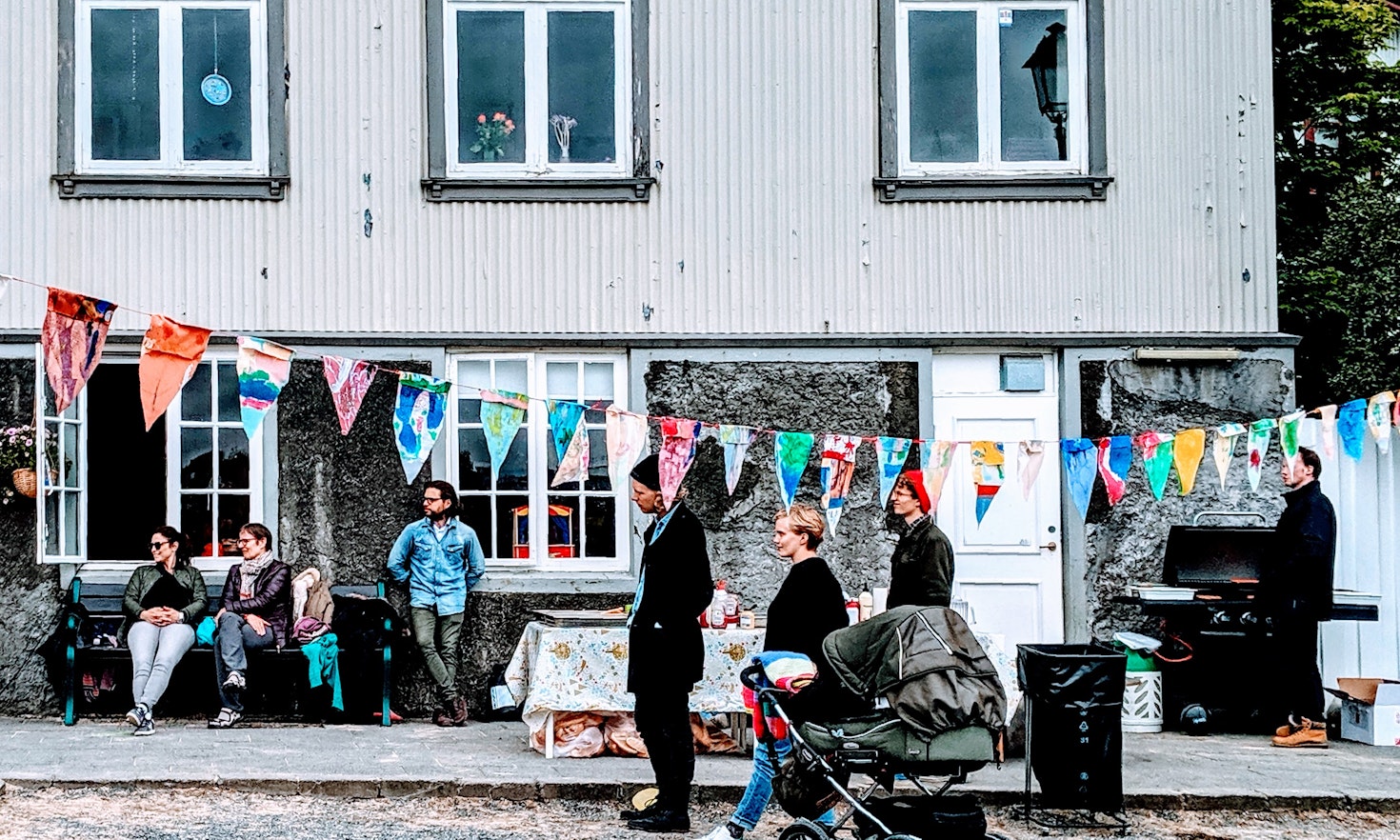European integration: Cross-border policies of three territories

European integration, territorial and cross-border cooperation are the main topics of a series of webinars and a scientific conference organized by the EGTC/Euregio Tyrol-South Tyrol-Trentino, the Fondazione Museo Storico del Trentino, Eurac Research (Institute for Comparative Federalism and Center for Autonomy Experience) and the University of Innsbruck, within the framework of the 50th anniversary of the second Autonomy Statute of the Trentino-South Tyrol region.
The three webinars, which are intended to be preparatory for the final scientific conference, are meant to be the occasion for dialogue and discussion on a concept of autonomy understood as a network of relations that are not rigidly fixated on provincial legal structure but that also concern a different kind of tripolarism that includes the Euroregional dimension. The chosen macro-theme will be analyzed starting from the study of the territorial, social and economic cohesion policies promoted by the EU and their impact on the territories of the three autonomies that founded the European grouping of cross-border cooperation, active since 2011: the EGTC/Euregio Tyrol-South Tyrol-Trentino. In order to put this portrait together, the webinar platforms will be intended as an open arena of confrontation, in which the three territories will be able to exchange and promote cohesion-centered viewpoints.
The European context is not only made up of many different geographical areas but also of gaps of social, geographical and environmental disparities as well as differences in resource availability that somehow hinder the creation of cohesive systems. A number of mechanisms have been put in place to accompany the long pathway that transformed the European Community to the European Union as we know it today. From the 1957 Treaty of Rome, through the Single European Act of 1986, to the 2008 Lisbon Treaty, the bulk of policies to strengthen cohesion has been distributed over three distinct pillars: economic, social and territorial. Although the principle of 'cohesion' emerged very early on, it was not matched by a concerted regional development policy. The creation of the European Social Fund (ESF) in 1958, marked the first step towards a European cohesion policy, but it took the enlargement of the European Economic Community in 1973 to give impetus to the subsequent creation of the European Regional Development Fund (ERDF) and only in 1986 we can be able to speak of a proper Cohesion Policy. In fact, it was the Single Act that introduced, in addition to the single market, the objectives of economic and social cohesion, providing a legal basis that was taken up a few years later in the Maastricht Treaty.
Interestingly, European territorial cooperation has been part of cohesion policy since 1990 and its promotion among member states can be considered as synonymous with European integration. Since its creation, the EU has supported territorial cooperation initiatives aimed at deepening territorial cohesion and reducing regional inequalities. With 150 million people - around 30% of the EU's population - living in internal border regions, cooperation in policy fields such as sustainable development, transport and culture is essential for integration. That's why protecting and investing in cross-border cooperation not only benefits border communities, but the European Union as a whole. With the introduction of policies and programs such as the European Territorial Cooperation and Regional Funds, the EU has been supporting cross-border cooperation for more than 30 years. However, only in the last programming period (2014-2020), for the first time in history, did a specific regulation concerning territorial cooperation action become adopted with the support of the European Regional Development Fund (ERDF). Euroregions and European Groupings of Territorial Cooperation (EGTCs) - which allow two or more regions from different Member States to cooperate in areas of common economic, social, cultural and political interest - play and have played a particularly important role in deepening European integration. To grasp the extent of this role, one only need consider the amount allocated for European territorial cooperation in the 2014-2020 period was EUR 9.3 billion, of which 74.05% is for cross-border cooperation only.
However, there is both statistical and anecdotal evidence indicating that the effects of these policies are not the same everywhere; rather they differ according to the structural specificities of the territories, i.e. the contextual characteristics, which concern institutional capacities, social culture and policy-related objectives. Indeed, the endowment of territorial capital - a notion that identifies structural elements for local development - is an essential factor in explaining the impact of cohesion policies on different territorial areas. In short, there does not seem to be a single European cohesion policy, but rather area specific policies with different institutional characteristics and objectives. This leads to a heterogeneous distribution of the impact of the policy, i.e. the need to simultaneously consider the policy along with the characteristics that are most relevant for each different region.
The three webinars will address three different policies and will take place on the following dates:
I. TERRITORIAL COHESION → A SMARTER AND GREENER EUROPE WHAT: MOBILITY AND CLIMATE CHANGE WHEN: 21 FEBRUARY 2022
II. SOCIAL COHESION → BRINGING EUROPE CLOSER TO ITS CITIZENS WHAT: EDUCATION AND WORK WHEN: 23 MARCH 2022
III. ECONOMIC COHESION → A SMARTER EUROPE WHAT: TOURISM WHEN: 27 APRIL 2022
FINAL CONFERENCE 13 JUNE 2022, MARANGONERIE HALL, BUONCONSIGLIO CASTLE, TRENTO

Citation
This content is licensed under a Creative Commons Attribution 4.0 International license except for third-party materials or where otherwise noted.





